-
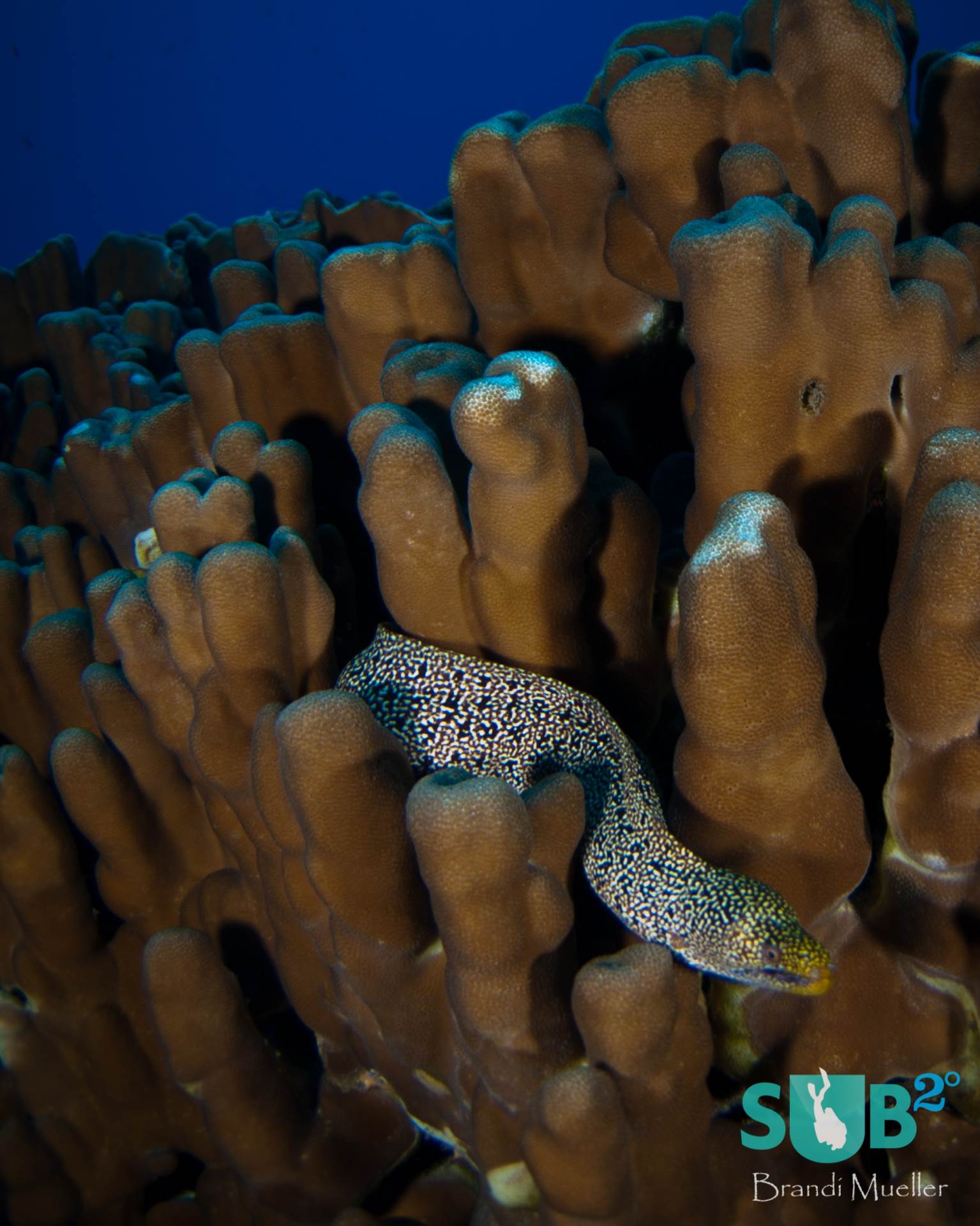
Eel in Coral
A moray eel sneaks through healthy hard coral formations off the coast of Easter Island. -
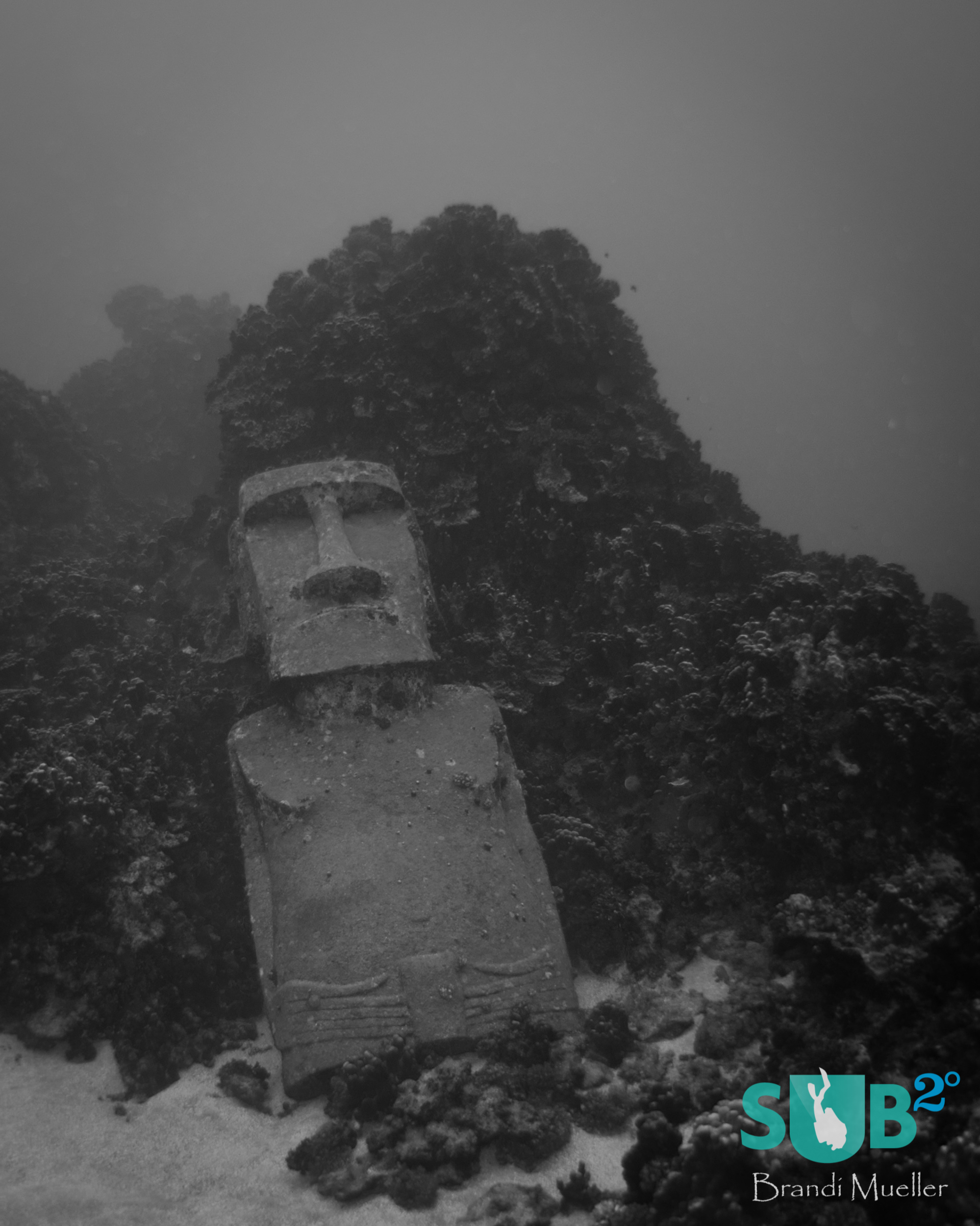
The Underwater Moai of Easter Island
Easter Island is home to the mysterious moai - human-like carved statues. Divers can visit one underwater. -
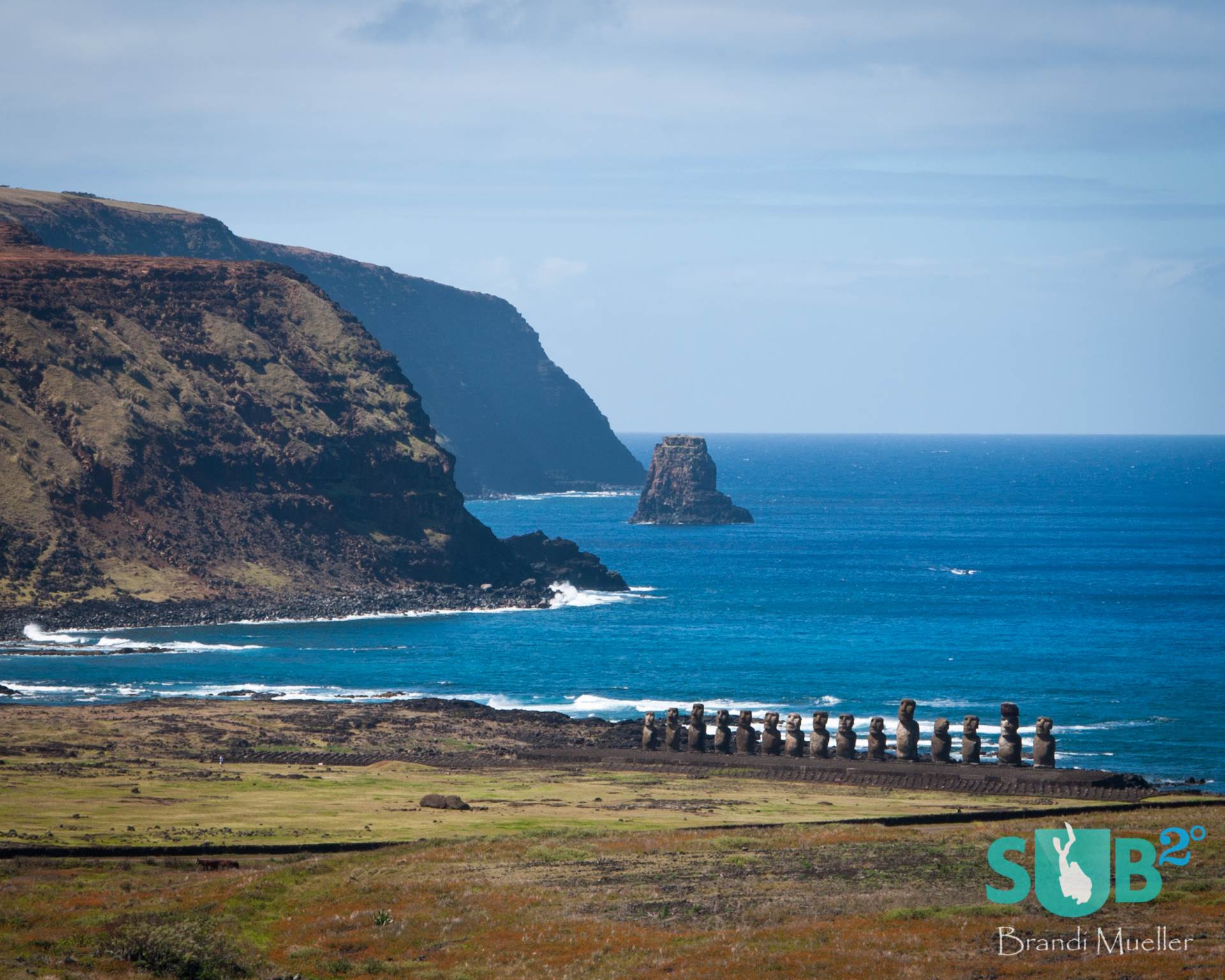
Ahu Tongoriki
The fifteen moai of Ahu Tongoriki have been restored on the coastline of Easter Island.
Scuba Diving Chile
Chile is the small strip of land between the Pacific Ocean and the Andes Mountains on the west coast of South America. Having over 4000km of coast and the isolated Easter Island, there is plenty of water for divers to explore. With tourism increasing, visitors come to Chile for all sorts of reasons including the deserts of San Pedro de Atacama, volcanoes, glaciers, Patagonia and Easter Island. But diving is only starting to get a foothold in this coastal country. You won’t find many other divers, but you will find fantastic diving.
Spanning more than 35 degrees of longitude, Chile is the longest north to south country on Earth, which means lots of diving! The Humboldt Current, one of the most productive marine ecosystems in the world, runs from south to north up the coast of Chile, bringing the same waters to Cocos Island and the Galapagos. With these plankton rich waters, marine life flourishes.
Northern Chile is often said to have the best diving, with slightly warmer waters (16-20C) and the most diverse fish life and corals. The south has colder waters ranging from 12-13C, but don’t underestimate the diving because there are seal and sea lion colonies, dolphins, whales and great visibility. Chile has a desert climate in the north, subtropical in the central, and temperate in the south. The warmer summer months are from December to March, and winter is June to August. The capital, Santiago, has air temperatures from 10-30 in the summer and 0-10 in the winter. South of Santiago can be much colder. Diving occurs year round with proper exposure suits.
There are also diving opportunities on Easter Island (Isla de Pascua). The world’s most isolated inhabited island has some of the best visibility in the world. Resting on a volcanic ridge, the diving consists of rocky bottoms and lava tunnels, arches, and caverns. Over 25% of the fish species are thought to be endemic. Easter Island has a subtropical climate with water temperatures ranging from 20-22C and air temperatures of 20-26C.
Getting to Chile is easy by flying into Santiago International Airport (SCL), and from there domestic flights can take you to coastal cities. There are good road systems for renting cars and buses are a great way to get around the country. Easter Island (IPC) is a five-hour flight from Santiago. Chile’s official language is Spanish and they use the Chilean Peso.
Dive Sites and Marine Life
Chile’s most popular diving is on Easter Island, 3500km off the coast of Chile. This small island offers some of the best visibility in the world because there is little pollution, very little run-off or sedimentation from the island, and low densities of plankton. Many of the dive sites have walls, caverns, arches, and other exciting structures. Easter Island’s most talked about dive site is The Trail of the Moai, where divers can dive with an underwater moai (a replica of the human-like statues Easter Island is famous for.)
Some of the best diving is found around The Motus, three small rock islands off the southwest coast (Motu Nui, Motu Iti, and Motu Kau Kau). But only during calm weather can boats reach these destinations. They have some of the islands best underwater structures with plenty of lava tubes and caverns. Winter weather can be windy and may limit where dive boats can go. A 5mm wetsuit will make the 20C water comfortable.
On the mainland of Chile, diving is more popular in the north because of warmer waters and more marine life. Around Antofagasta there are many dive sites including Roca Chungungo, a popular dive with a sheer wall and often sea lions and otters. The Maria Elizabeth Wreck was sunk in 1965 and sits from 16-21m, making it a good dive site for beginners and more advanced divers. The Cauldron of Death is a wall dive with a large cave. It’s a more advanced dive because it can have a heavy surge, but has great marine growth and visibility.
Around the La Serena/Las Tacas area, popular dive sites include The Cathedrals with steep walls and tunnels covered in sponges with groupers, and giant jellyfish. For advanced divers, there is The Cavern which is a 15m cavern swim-through. This area has great macro life including nudibranchs, crustaceans, and starfish; as well as occasional sea lions, dolphins, and seasonal whales. Cliffs, rock formations, and underwater tunnels make this a very interesting area to dive.
Closer to Santiago Los Molles, Zapallar, and Quintay offer good diving, but slightly cooler water likely requiring a 7mm wetsuit or dry suit. Los Molles has eight dive sites with blue and orange anemones and lots of sea lions. Valaraiso has soft corals and large sponges, starfish and wreck dives including El Falucho and the Caupolican. These areas are popular for dive shops in Santiago to bring their students in training and weekend divers escaping the city.
Diving in Southern Chile will have cold temperatures, but can still be rewarding. There are kelp forests, wrecks, nudibranchs, seals, sea lions, and huge king crabs. Dry suits are needed to dive Southern Chile.
Less known than Easter Island, Chile also has the Juan Fernandez Archipelago, 700km offshore. It’s made up of three islands, and diving around them has often been said to be some of the best, unspoiled diving in Chile. The volcanic islands have great wall dives, caverns, and other neat structures. Large fish and schools of fish are common, as are morays, cods, pampanito, and the endemic Juan Fernandez Fur Seal. Dive sites include English Port, The Gobblin's Cave, Punta Loberia, and Punta San Carlos.
Dive Sites and Logistics
Chile is still relatively unknown in the diving world. Santiago has the highest concentration of dive shops, many doing weekend trips to the coast for certification courses and guided dives. BuceaMar offers PADI instruction, a wide selection of gear for sale, and has weekend trips to Quintay for diving.
They also group diving trips to Easter Island. Austral Divers is also located in Santiago, offers PADI courses and does weekend trips to Quintay. Tiempo de Fondo, also based in Santiago, offers PADI, SSI, and technical diving training. They lead weekend trips to Zapallar.
Valposub, in Valparaiso, north of Santiago, offers PADI courses and daily boat and shore dives including wreck diving. In Los Vilos, Buceo Pichidangui dives many dive sites in the bay and offers lodging. They teach PADI courses from discover scuba diving through instructor and sell a wide range of gear. Las Tacas Dive Resort offers daily diving leaving from the resort. They offer PADI courses and other water activities like kayaking, fishing, and surfing.
The Juan Fernandez Islands are an archipelago 650km from the coast off Valparaiso. The island of Robinson Crusoe has a few hotels, and the Crusoe Island Lodge offers diving and other activities on the island.
Easter Island’s most popular dive shops are Orca Diving Center and Mike Rapu Dive Center. They’ve both been rated highly as some of the best diving operators in Chile. Both are located in Hanga Roa, and offer daily boat trips and PADI training. Depending on the weather, both shops lead trips to dive around the island, including The Motus if conditions are calm.
Chile’s largest international airport is in Santiago (SCL) and receives daily flights from North and South America, Europe, Africa and Australia on many airline carriers. From Santiago, domestic fights fly throughout the country including to larger coast cities. It’s also very easy to rent a vehicle or travel by bus to get to the coastal towns. Only Lan Airlines fly to Easter Island (Mataveri International Airport (IPC) via Santiago, Lima, Peru, or Tahiti. Getting to the Juan Fernandez Islands can be difficult, but there are some flights from Santiago (ATA Aerolineas) and boats from Valparaiso.
It is possible to rent or buy dive gear from most of the dive shops, although most do not rent dry suits, only 7mm wetsuits. Nitrox is only available at a limited number of shops.
Further Reading
Part 1: Overview of Scuba Diving in Chile
Featured Posts
-
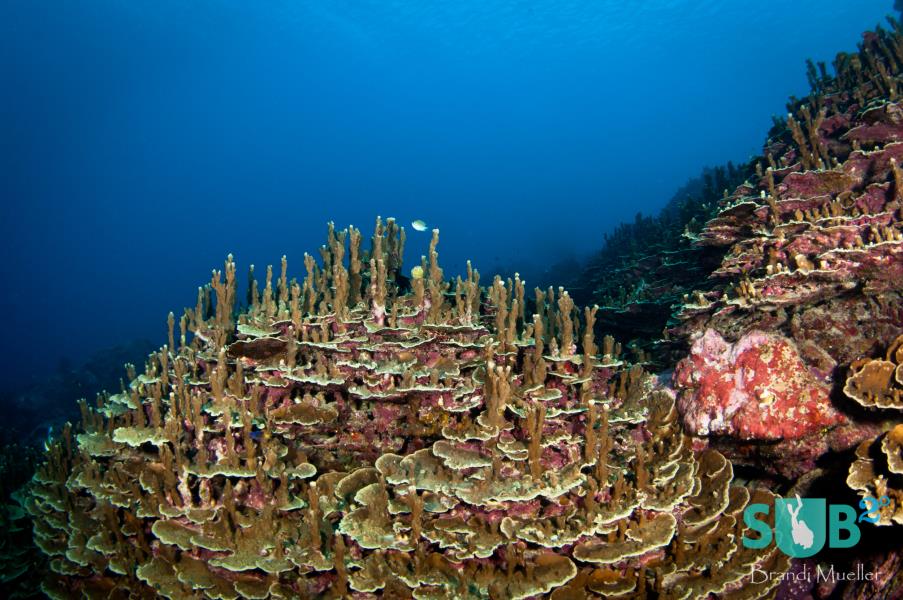
The Unique Diving of Guam
Often overlooked, the island of Guam is surrounded by fantastic diving. White sand beaches and calm, clear waters invite divers to explore the ocean and see the healthy coral and plentiful fish populations below.
-
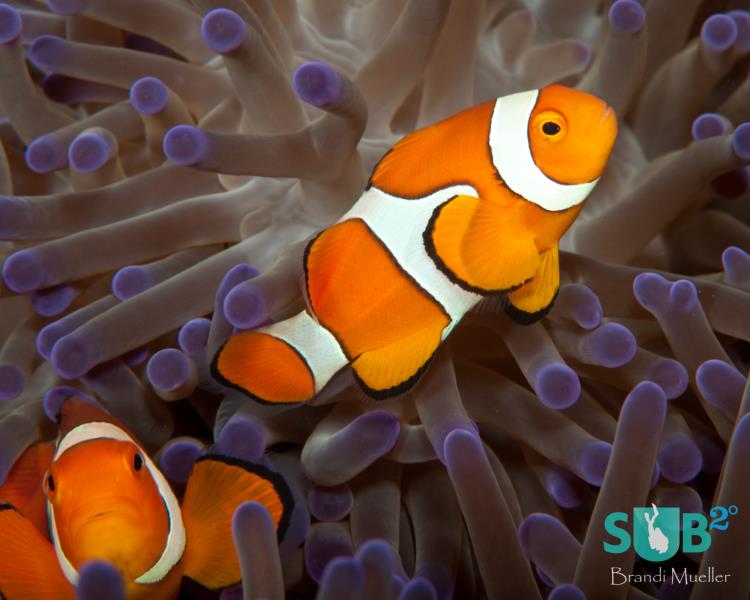
Papua New Guinea's Milne Bay
Papua New Guinea is one of the world's best dive destinations and Milne Bay offers fantastic reef diving and muck diving in the same location. Clear waters and phenomenal creatures make for an excellent dive trip that’s enti...
-

Sharks of the Bahamas
Shark feeding dives are no longer just for the avid diver or thrill seekers. Bahama's crystal clear waters are the best environment to come nose to nose with a frenzied school of sharks after they smelled the chum.
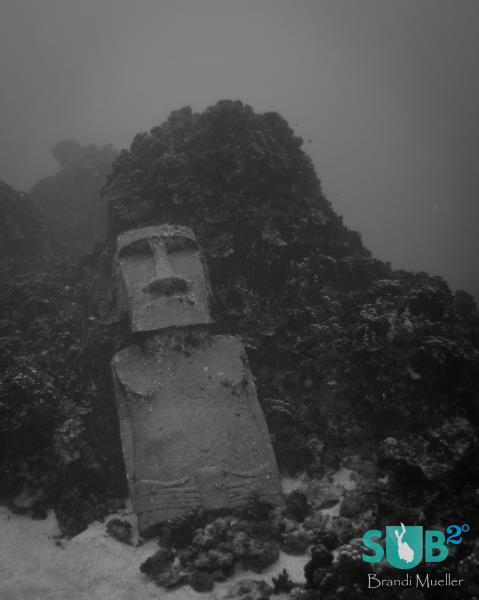



Load more comments